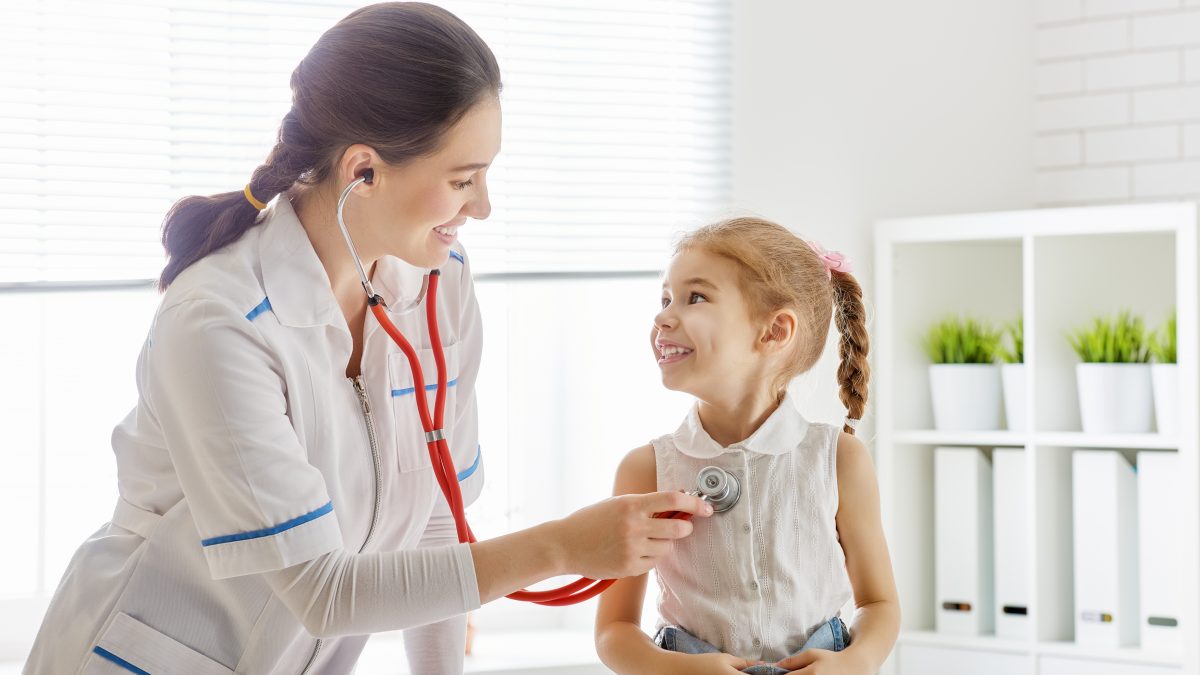
Most experts agree that the childhood obesity crisis has been caused as much by children’s lack of physical activity as it has by their poor diets.
The benefits of regular exercise include increased lean muscle and bone strength, decreased body fat, a healthy weight and improved psychological well-being. Furthermore, as children grow into adulthood, exercise helps prevent chronic diseases such as heart disease, diabetes and high blood pressure. Compared to previous generations, many children have become sedentary because of increased use of electronic media, less physical education at school, declining after-school activities, and less walking or riding a bike to activities.
Physical Activity Needs
Children should get a mix of structured and unstructured physical activity each day. Structured activities include sports, games and gym classes. Unstructured activity is the type your child gets throughout the day. Activity needs vary by age:
- Ages 1 to 3—30 minutes of structured activity and one hour unstructured play most days; should not be sedentary for more than an hour at a time
- Ages 3 to 5—One hour each of structured and unstructured activity most days; should not be sedentary for more than an hour at a time
- Ages 5 to 18—Mix of moderate to vigorous physical activity, at least 60 minutes per day; should not be sedentary for longer than two hours at a time
Age-appropriate Activity
Children of all ages benefit from daily physical activity. Encourage and join your children in age-appropriate activities.
- Babies are growing rapidly and developing the muscle mass that will allow them the ability to stand and walk. Play with your baby and allow him or her to safely explore a stimulating environment.
- Physical activity contributes to overall growth and development in young children. Encourage activity that develops the fundamental motor skills that will last a lifetime.
- School-aged children need to refine their fundamental motor skills. Encourage participation in organized sports, and include physical activity in your family time.
- Teens often experience frustration with the way their bodies look. Physical activity helps keep energy levels up, improves mood and helps keep body weight in a healthy range. Help your teen identify an activity he or she likes if there is no interest in organized sports.
Encouraging Activity
If you want to encourage your child to be active, be an active parent. Regular exercise can come from a number of activities including organized sports. The following suggestions can help you engage your family in more physical activity:
- Limit TV and computer use.
- Have children do chores.
- Make space at home for active play.
- Have fun gear like Frisbee® discs, balls and jump ropes at the house.
- Plan walks, hikes or bike rides for family activities.


